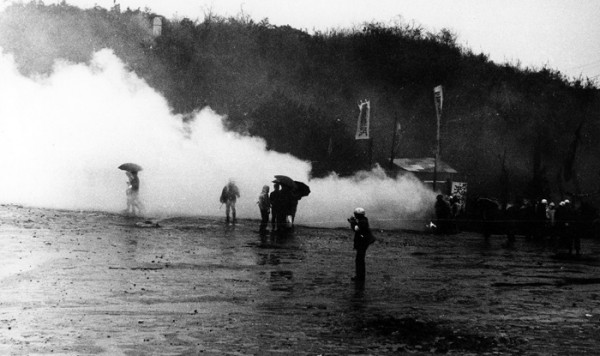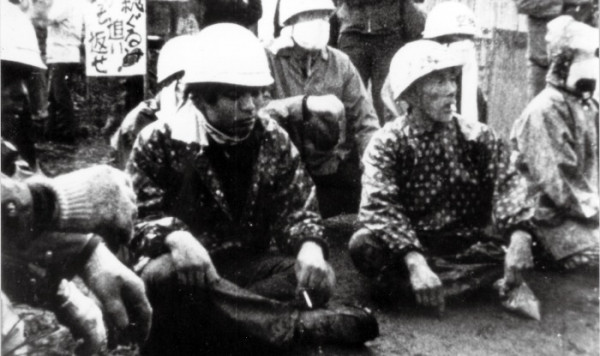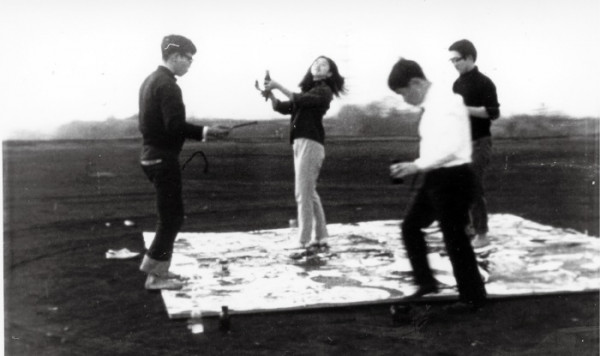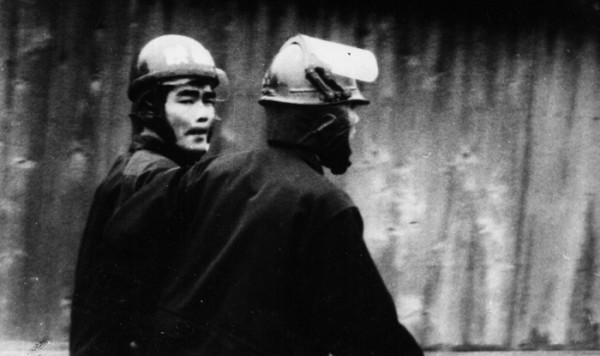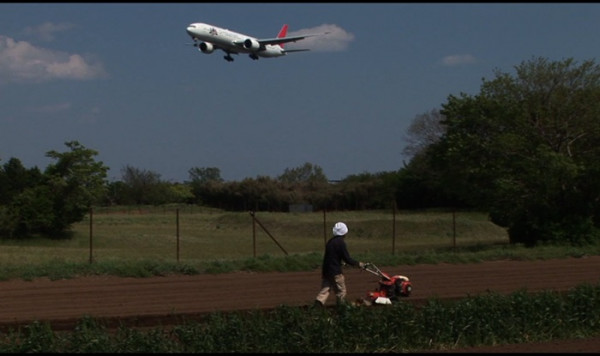小川紳介(1936-1992)是日本重要的紀錄片導演,2014年TIDF曾策劃完整且全面性的專題;本次巡迴挑選了兩部作品,《壓制之森》是關於1960年代日本的學生運動,另一部是曾擔任小川紳介攝影師的大津幸四郎與代島治彥合作的 《活在三里塚》,則是關於1970年代三里塚發生的反成田機場事件,經歷45年後,至今仍不放棄抗爭的人們。
小川紳介的作品總追尋一種最具力量的表達方式去吸引觀眾,讓觀眾能對鏡頭下的人們感同身受;因此,當社會位置在歷史中變化,電影的意義也會隨之改變,這是這些作品獨特不朽、成為經典的主因。
而這兩部影片,也反映了台灣社會的現況。
代表圖片

Retrospective: OGAWA Production - 11 Flowers of Movement Cinema
OGAWA Shinsuke is one of the most important Japanese documentary filmmakers. In 2014, TIDF had a full OGAWA programme. We selected two films for the tour, Forest of Oppression – A Record of the Struggle at Takasaki City University of Economics is about the student movement in Japan in the 1960's; The Wages of Resistance: Narita Stories, by OGAWA's cinematographer OTSU Koshiro and DAISHIMA Haruhiko, portrays an "extended span of time" of the protests against building Narita International Airport which have continued from the 1960's to today through documenting monologues of those whose lives were twisted by the movement.
OGAWA had constantly been searching for the most powerful expression to attract the audiences, making them sympathetic towards the protagonists. Therefore when society changes in time, the meaning of cinema changes with it. This is why OGAWA's works remain so unique and timeless.
Films
Forest of Oppression – A Record of the Struggle at Takasaki City University of Economics
Forest of Oppression – A Record of the Struggle at Takasaki City University of Economics
1967
Japan
105min
小川紳介
OGAWA Shinsuke
Magino Village – A Tale / The Sundial Carved With A Thousand Years of Notches
Magino Village – A Tale / The Sundial Carved With A Thousand Years of Notches
1986
Japan
222min
小川紳介
OGAWA Shinsuke
Sanrizuka – Peasants of the Second Fortress
Sanrizuka – Peasants of the Second Fortress
1971
Japan
143min
小川紳介
OGAWA Shinsuke
Sea of Youth– Four Correspondence Course Students
Sea of Youth– Four Correspondence Course Students
1966
Japan
56min
小川紳介
OGAWA Shinsuke
The Battle Front for the Liberation of Japan – Summer in Sanrizuka
The Battle Front for the Liberation of Japan – Summer in Sanrizuka
1968
Japan
108min
小川紳介
OGAWA Shinsuke
The Wages of Resistance: Narita Stories
The Wages of Resistance: Narita Stories
2014
Japan
140min
代島治彥、大津幸四郎
DAISHIMA Haruhiko, OTSU Koshiro







